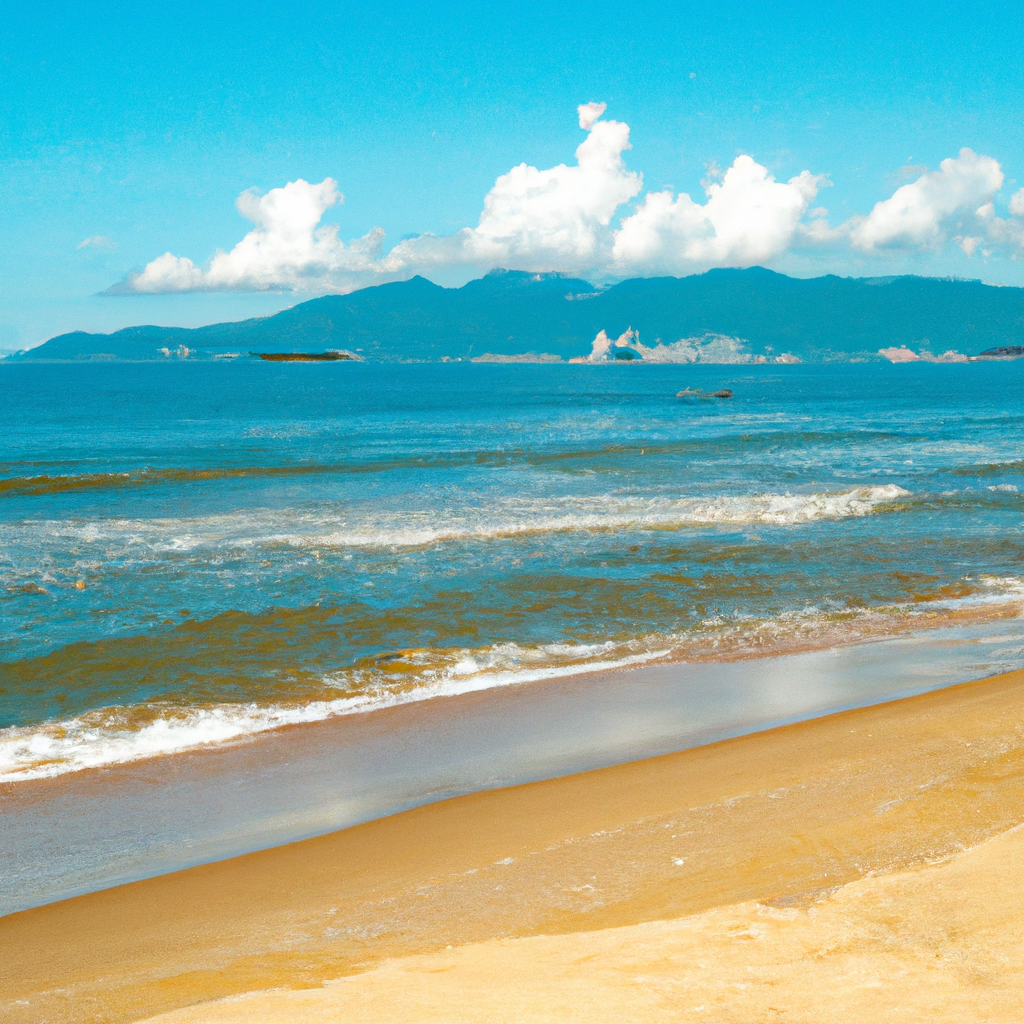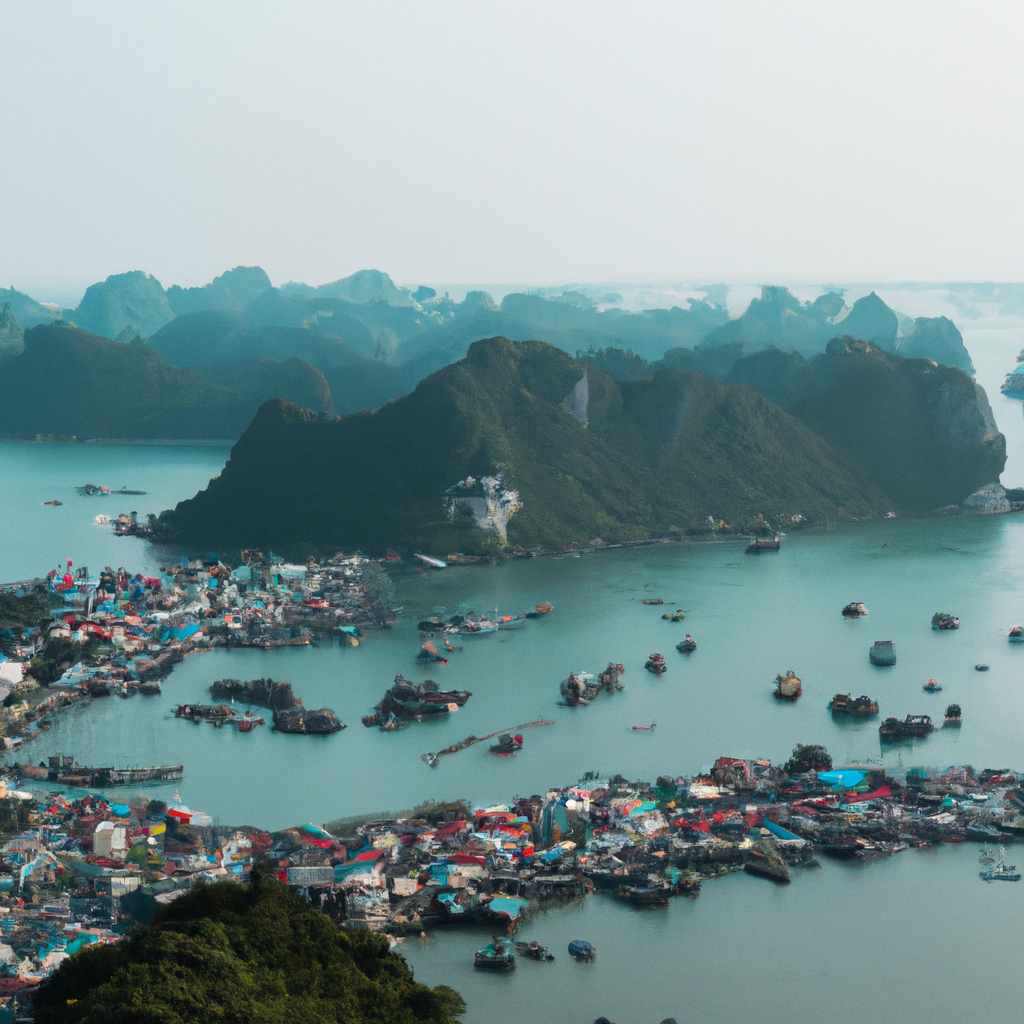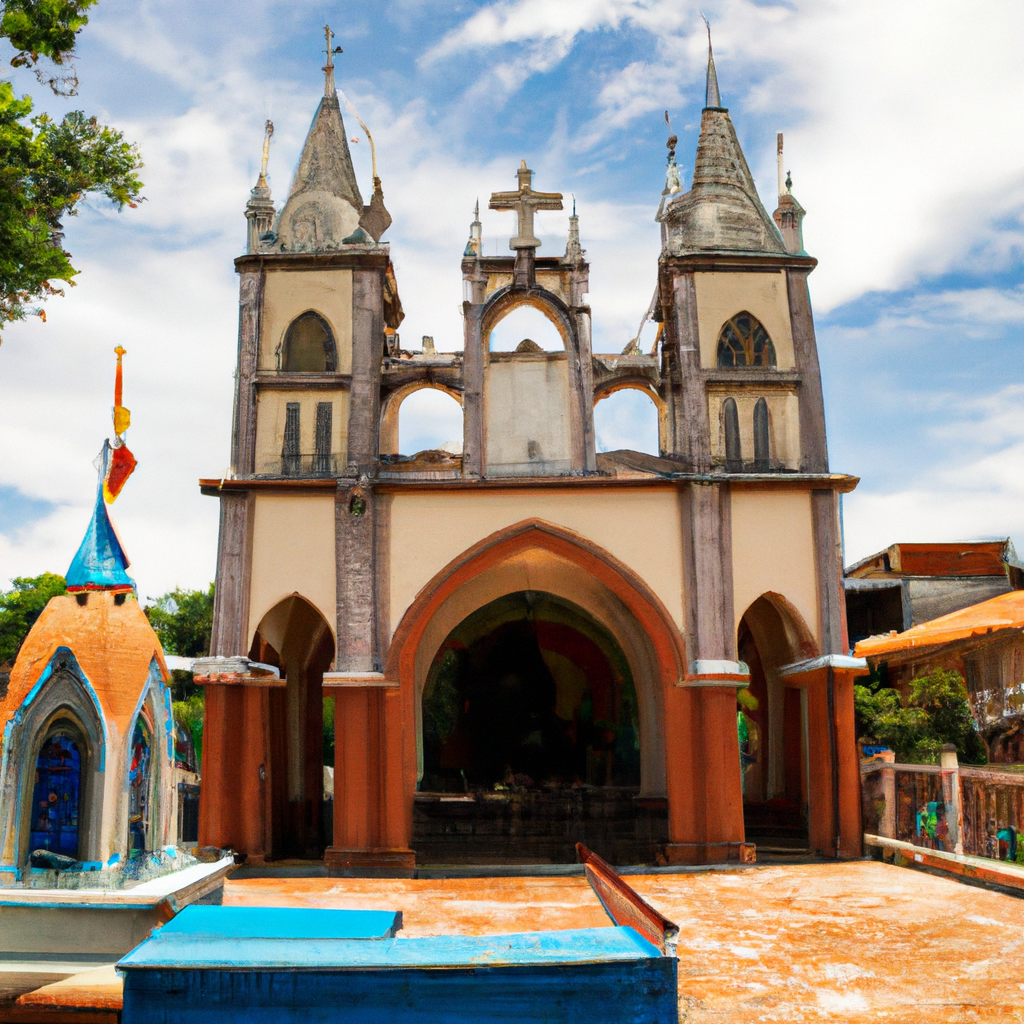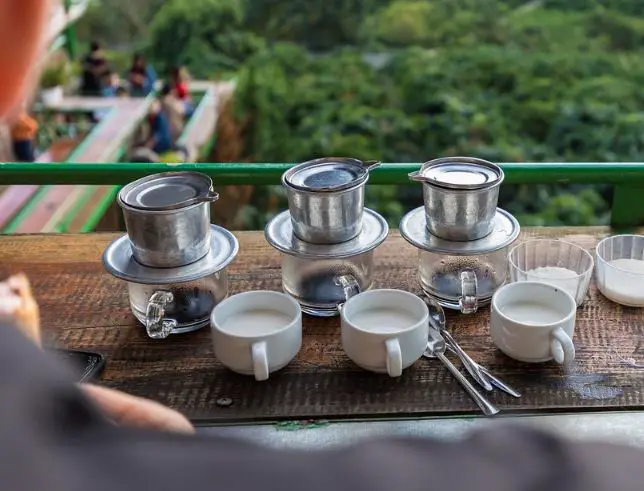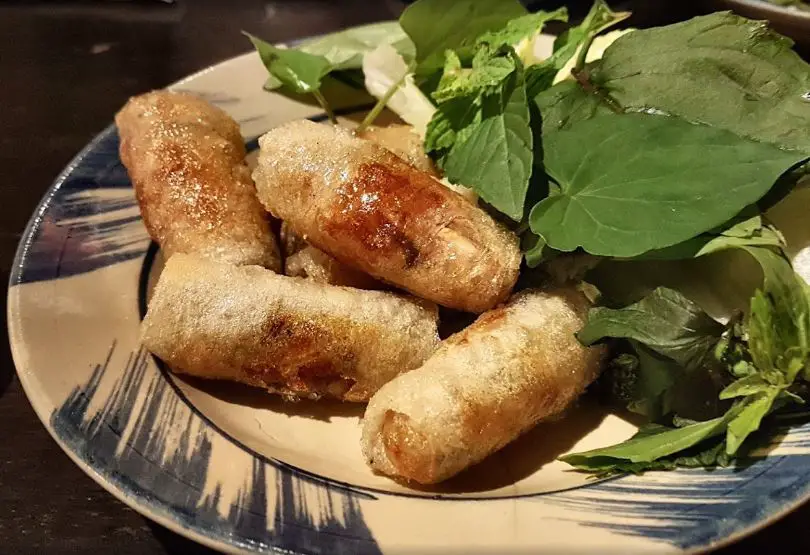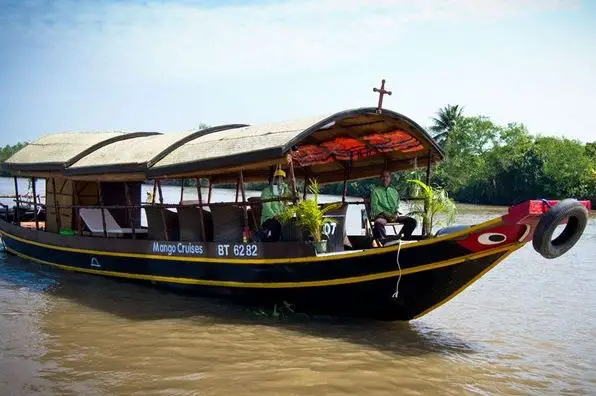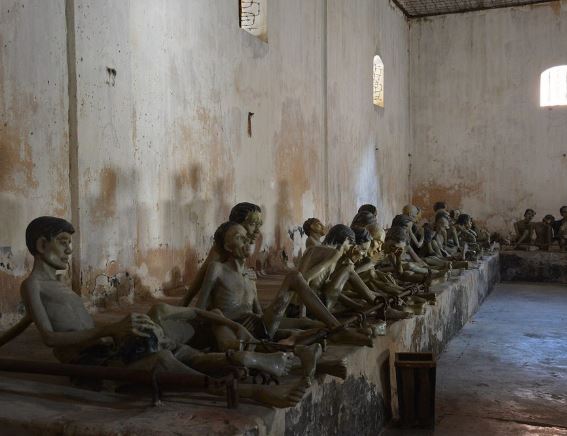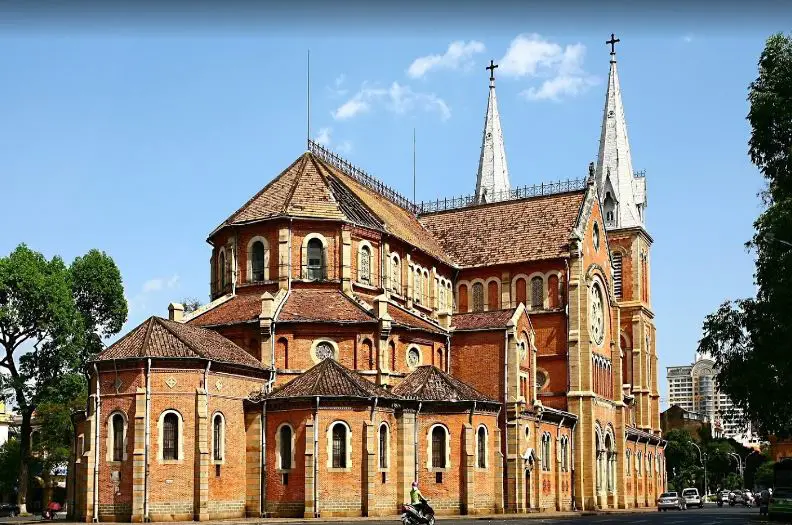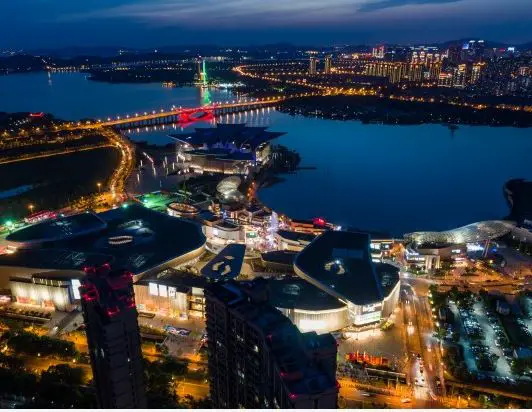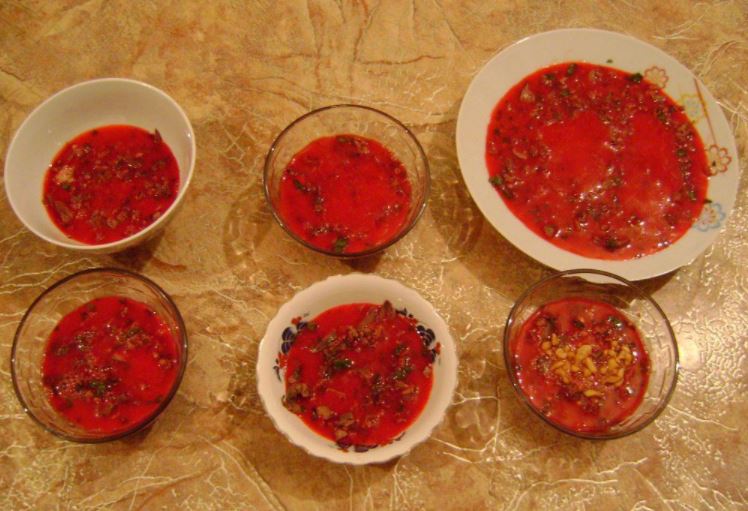Independence Palace - Ho Chi Minh City In Vietnam: Overview,Prominent Features,History,Interesting facts
Overview:
: The Independence Palace, also known as Reunification Palace, is a landmark in Ho Chi Minh City, Vietnam that was built on the site of the former Norodom Palace. It was designed by architect Ngô Viết Thụ and was the home and workplace of the President of South Vietnam during the Vietnam War. The building has become a symbol of the reunification of Vietnam and is now open to the public as a museum. You can learn history, culture, and heritage through these magnificent monuments in Vietnam
Prominent Features:
1. Constructed between 1962 and 1966 2. Also known as Reunification Palace, it served as the site of the end of the Vietnam War when a North Vietnamese tank crashed through its gates on April 30, 1975 3. The iconic building, which is a prominent example of Brutalist architecture, has since become a symbol of the reunification of Vietnam 4. The building was originally constructed by the ruling South Vietnamese government and is located in central Ho Chi Minh City 5. It is open to the public, who can explore the palace grounds, the President's office, the public reception hall, and some of the meeting rooms 6. The building has been preserved in its original condition, with a few modifications to reflect contemporary usage 7. The palace is notable for its collection of historical documents, artifacts, and photographs which chart the history of the Vietnam War 8. The grounds also offer a lovely park with fountains, a terrace, a café, and plenty of well-maintained gardens. This national monument of Vietnam portrays the history and culture of the country.
History:
The Independence Palace (also known as Reunification Palace), is a landmark in Ho Chi Minh City, Vietnam. It was originally built in the late 19th century as the residence of the former Governor-General of French Indochina. In the 1950s it was renovated and renamed the Norodom Palace, after the ruling family of Cambodia. The building’s most famous moment in history came in April 30th 1975, when tanks of the North Vietnam Army crashed through the gates in a symbol of victory in the Vietnam War. Now, the palace is the home of the Ho Chi Minh City Museum. The history of the Independence Palace dates back to around the mid-19th century. It was built by the French in 1862 as the official residence of the Governor General of Cochinchina. After the Japanese-allied French administration was overthrown in 1945 Vietnam was declared an independent republic. In 1954, as part of the Geneva Agreements, Vietnam was divided in two separate countries: North and South. To symbolize this, the Norodom Palace in Saigon (now Ho Chi Minh City) was chosen to be the headquarters of the president of the Republic of Vietnam, Ngo Dinh Diem. It was renamed the Independence Palace and renovations were made to fit the needs of the new president. The building also functioned as the military headquarters for the Republic of Vietnam, and it was heavily fortified with anti-aircraft guns and other defensive measures. To protect from potential attacks, a 6-meter wall was also erected around the palace. The building is now a popular tourist attraction and remains a symbol of the reunification of Vietnam after the Vietnam War. The palace still contains furniture, documents, and memorabilia from the 1950s and the Vietnam War. At certain points in the year, visitors are allowed to enter the vintage basement bunker where almost 40 people, including the President, took refuge from the North’s liberation in 1975. You must visit one of these historical places in Vietnam on your Vietnam tour
Interesting facts:
1. The Independence Palace is also known as “Reunification Palace” and was the home and workplace of the president of South Vietnam until the fall of Saigon in 1975. 2. It was constructed in 1966 and was originally the site of the French Governor-General’s Palace. 3. The building is wider at the top than the bottom, a symbol of the country’s progress. 4. The palace was the site of key historical events of the Vietnam War, including the launch of the Tet Offensive on January 30,1968 and the fall of Saigon when tank number 843 crashed through the palace’s gates 35 days after the fall of Saigon. 5. During the Vietnam War, the palace was surrounded by a moat installed which included tripwire, making it a protected military zone. 6. After the war, the building was preserved as a museum, illustrating the pre-1975 South Vietnam government. 7. The palace features hundreds of items from the era that include original furniture, artwork, documents, film, trophies, and artifacts. 8. It is also home to helicopters and tanks from the Vietnam War. 9. The palace is considered one of the best-preserved site of the Vietnam War. 10. The Independence Palace attracts thousands of tourists each year. Visit one of the famous monuments of Vietnam with your friends and family.
Explore Vietnam most popular tourist destination with us. Independence Palace - Ho Chi Minh City In Vietnam: Overview,Prominent Features,History,Interesting facts,which is 35.14 km away from Vietnam main town, is the most popular destination to add in your travel wishlist.
-
City:
Vietnam
-
state:
Ho Chi Minh City
-
country:
Vietnam
-
country code:
VN
-
postcode:
70000
Location:
Ho Chi Minh City Vietnam


